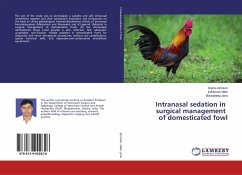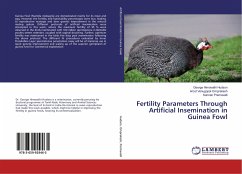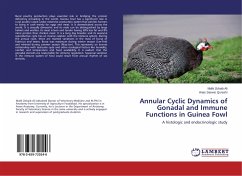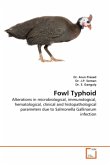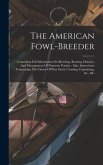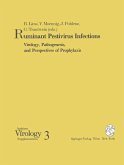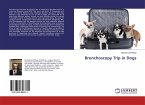Pasturella multocida, isolated from natural outbreaks of fowl cholera was characterized. Maximum isolates belonged to serotype 1 (47.62%), followed by serotype 3(28.57%), 4(14.29%) and 12(9.52%). All the serotypes were found virulent for chickens while no cross protection was observed among all the P. multocida serotypes. One plain and three adjuvanted inactivated fowl cholera vaccines were prepared from the locally isolated P. multocida serotypes and their efficacy was evaluated and compared with a commercially available oil emulsified vaccine. A double dose of oil emulsified (OEV-M) and alum adsorbed vaccines (AAV) showed better and long lasting humoral antibody response and gave better (85-100%) protection against challenge as compared to plain (FIV), oil emulsified (OEV-V) and commercial oil emulsified (OEV-Com) vaccines. In field trials the birds primed with FIV and boostered either with OEV-M or AAV showed 85-100% protection against P. multocida serotypes 1, 3, 4 and 12 while the birds primed with FIV and boostered with OEV-Com gave 75-80% protection against challenge of P. multocida serotypes 1, 3 and 4, but only 30% protection against serotype 12.
Hinweis: Dieser Artikel kann nur an eine deutsche Lieferadresse ausgeliefert werden.
Hinweis: Dieser Artikel kann nur an eine deutsche Lieferadresse ausgeliefert werden.


